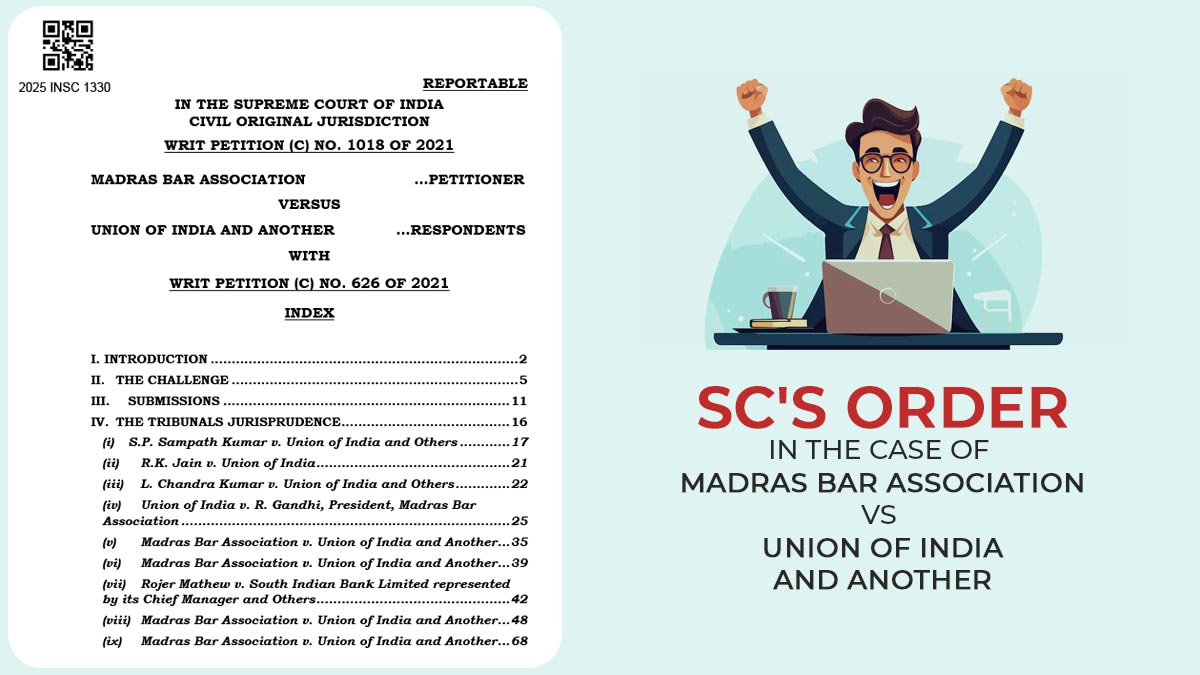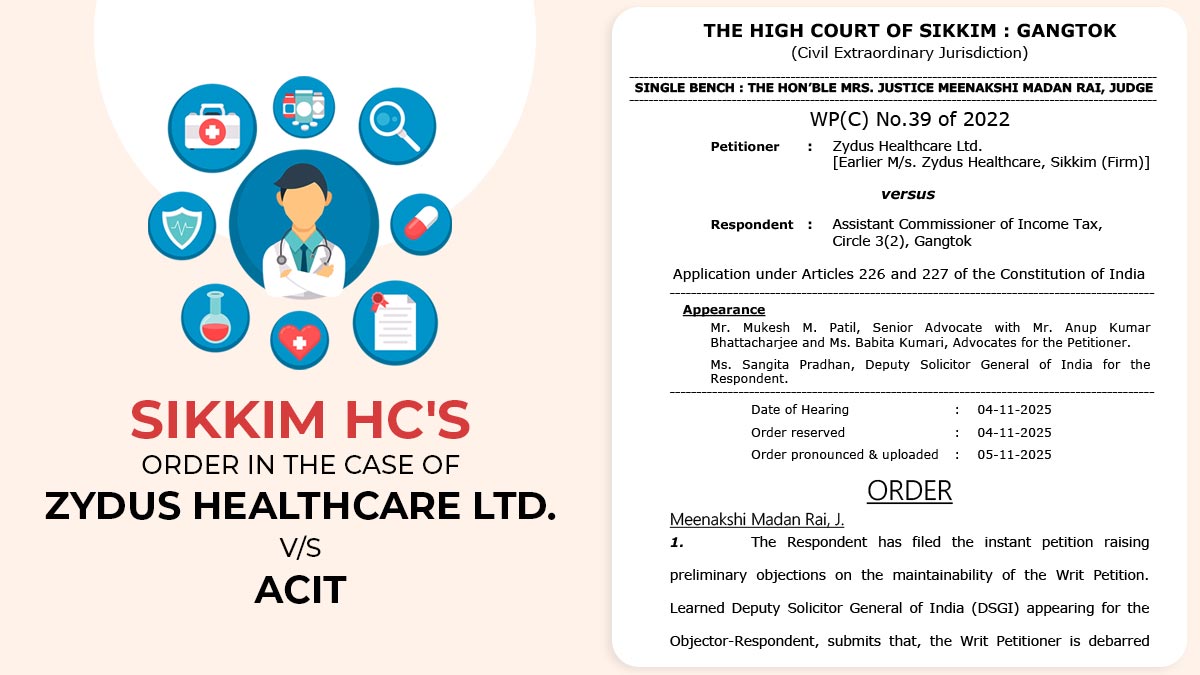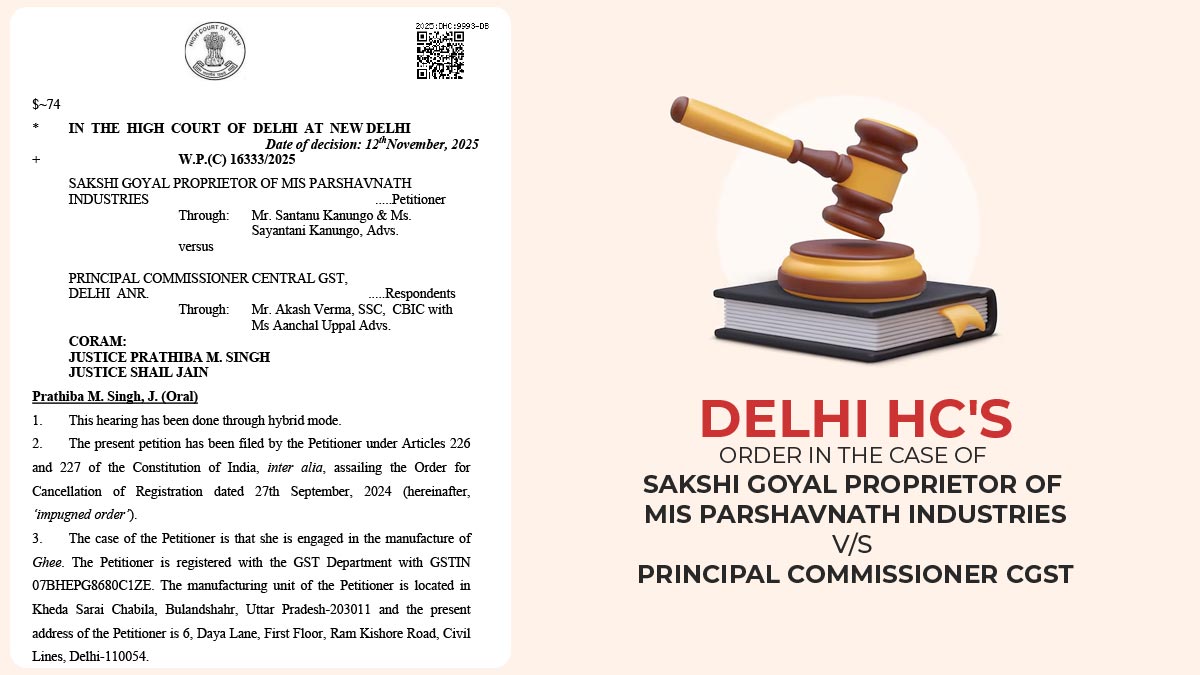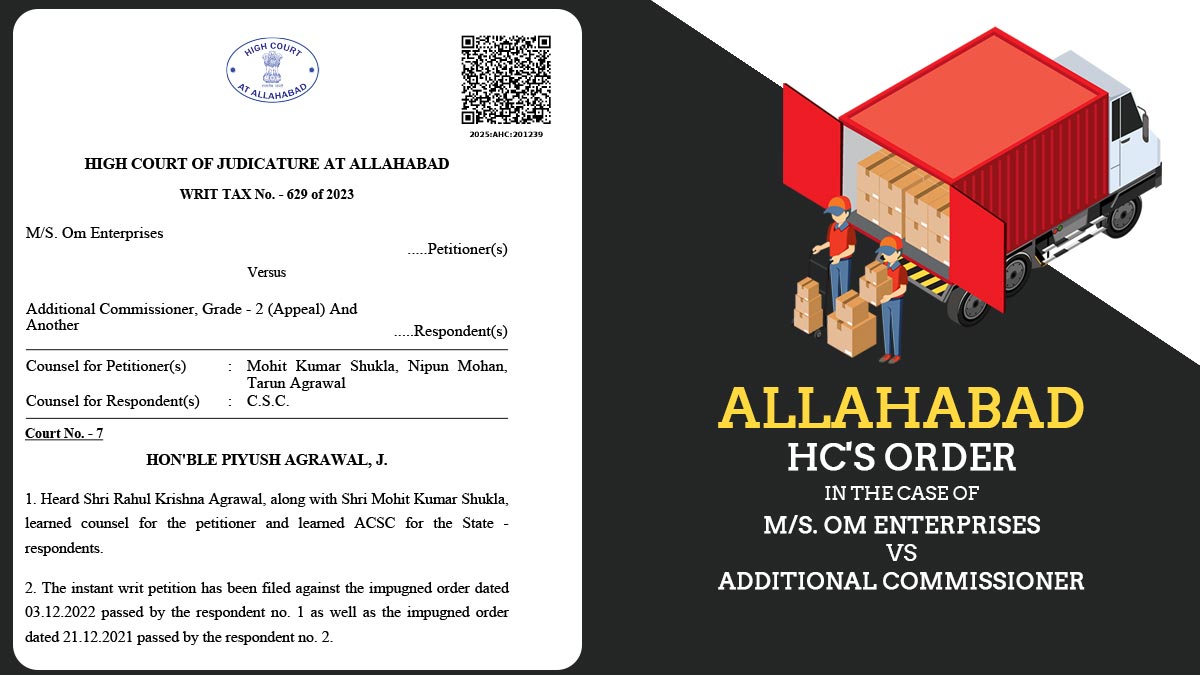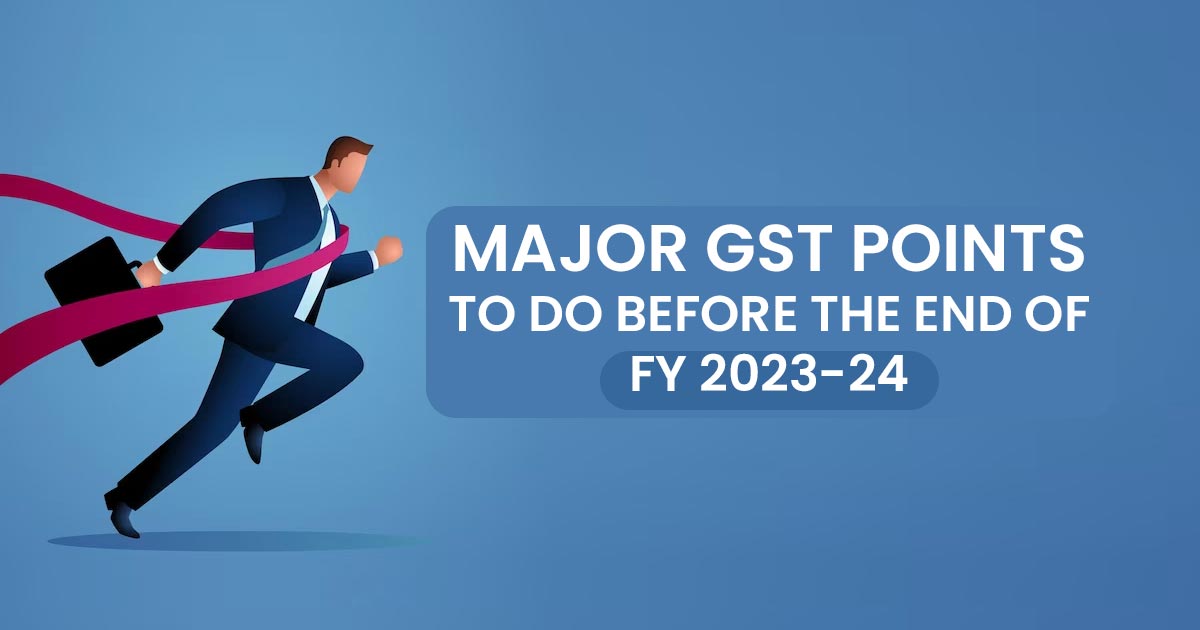
The past six years have seen more than 1,000 notifications, circulars, and instructions for assessees and adjudicating authorities, therefore opening up the GST law to interpretation by assessees and authorities identical.
The same interpretation has furnished an increase to the rising case laws across different judiciaries and writ petitions being filed to various High Courts of India to ask for relief against the GST authority’s effort.
To assure timely and accurate compliance with the provisions of GST law, it is essential that before the financial statements are finalized for FY 2023-24 and the assessees transition to FY 2024-25, distinct checks and reconciliations are embarked through the business. Below are certain measures for the taxpayers in this concern-
Inward Supplies
- Communicate with the vendors for supplies not reflected in the GSTR-2B of the Company. ITC concerning the invoices not shown in GSTR-2B is not permitted.
- Reconcile the ITC available according to GSTR-2B with ITC claimed according to financials and GSTR-3B. If any differences, proper action (availment or reversal) will be undertaken.
- If there is any exempt income undertaken in the fiscal year, ITC reversal will be re-calculated and acknowledged under Rules 42 and 43 of CGST Rules at the end of the year. Any other reversal needed will be accounted for in GSTR-3B of March 2024 or later. In the other way, if excess ITC has been reversed by the Company in the year, these excesses of ITC can be reclaimed in March 2024 GSTR-3B or later.
- To find the ineligible ITC recorded in books and confirm that expenses are off or capitalized (as per the case). If these ineligible ITCs have been claimed and used, the same will be reversed including with interest at the rate of 18%. Moreover the same should be ensured that all ineligible ITC is accurately stated in Table 4B(1) of GSTR-3B.
- Verification of creditors’ aging report to determine the invoices in which the payment is due for more than 180 days and ITC availed regarding the supplies from such vendors will be reversed in Table 4B of GSTR-3B. The ITC reversed via the Company can be re-claimed on making payment to the vendor in following GSTR-3B.
Outward Supplies
- According to the books with GSTR-1 and GSTR-3B and differences, reconcile the debit notes and credit notes, if any, will be accounted as per the case.
- From operations reconcile the revenue, additional income according to financial statements, and sale of fixed assets according to financials with GSTR-1 and GSTR-3B. If any differences, make proper corrections in the books of accounts or disclosure in the GST returns, as per the matter.
- Ensure the bill of supply is issued and reported in GST returns for the case of waived supplies.
- In the matter of supply between related parties, verify whether provisions of Section 15 – Valuation of CGST Act, 2017 read with Rule No 28 of CGST Rules, 2017 are followed by the assessee.
- To generate the e-invoice within 30 days from the invoice date the government has made it compulsory.
- Reconcile the tax invoice data with e-way bill data to recognize discrepancies, if any, for the case of goods.
- Reconcile the invoices/credit notes/debit notes according to the books with the e-invoice portal to confirm that the Invoice Reference Number (IRN) is generated for all B2B, exports, and SEZ supplies. The non-generation of the e-invoice will generate an invalid tax invoice, resulting in likely loss of ITC to the purchaser.
- In the matter of the export of goods, reconcile the shipping bill details with GSTR-1. It is important to claim the refund of unused ITC / GST paid on export.
- For the supply of services, reconciliation of advances obtained and adjusted according to financials with details revealed in GSTR-1 and whether applicable tax has been discharged/adjusted with regard to that. If there is any difference, the tax will be discharged/adjusted on these advances, according to the case.
- Aggregate turnover is vital for numerous other GST provisions like applicability of e-invoice provisions, Composition Scheme, QRMP scheme, number of HSN / SAC codes applicability, etc.
- Under GST law compute the Company’s aggregate turnover and reconcile it with the aggregate turnover that the system generates on the GSTN portal. On the GSTN portal, any difference therein can be updated.
Significant GST Registrations And Opt-In /Out For FY 2024-25 And Onwards
- Register for e-invoicing on https://einvoice1.gst.gov.in/ if aggregate turnover is more than Rs 5 crores in FY 2023-24.
- In case of transition from regular to composition assessees, ITC-03 needs to be filed within 60 days from the beginning of the fiscal year i.e., on or before 30th May 2024.
- File letter of undertaking for FY 2024-25 on or before 31st March 2024.
Opt-in for composition scheme via filing CMP-02 on or before 31st March 2024. - Opt-in or Opt-out of the QRMP scheme for FY 2024-25 on or before 30th April 2024. The QRMP authorizes the assessees with aggregate turnover less than Rs 5 crores to file their returns quarterly with a monthly payment of tax liability.
GST RCM Supplies
- To determine all expenses as per RCM (director sitting fee and legal expenses etc.) and reconcile that with RCM liability released in GSTR-3B. The differential obligation if any will get released including interest subject to time of supply provisions.
Reconcile the foreign expenditure under the financials with import particulars released in the GST returns. - ITC claimed that Reverse Charge Mechanism (RCM) transactions will be equal to or less than the GST obligation released under RCM. Where the ITC is not authorized for RCM discharged by the assessee, these ITCs will be revealed in Table 4B(1) of GSTR-3B.
- To confirm the self-invoices issued for supplies received from unregistered persons and subject to RCM.
Extra Points For Inspection
- On the GSTN portal reconcile the closing balance of ITC in financials with the balance in the electronic credit ledger.
- Examine the list of HSN / SAC codes utilised in the fiscal year and do mandated corrections, if any.
Ensure that the export proceeds are discovered in the time duration mentioned via the Foreign Exchange Management Act, of 1999. - Choose the new document series unique for FY 2024-25 majorly a separate series for each GST registration to ensure easy identification and verification.
- In the matter of year-end discounts furnished via the assessee to its agents, the GST impact of that is duly accounted for in the books and GST returns.
- To confirm whether export proceeds are obtained in convertible foreign exchange accompanied via FIRCs or BRCs.
- For the case of goods sent for job work, assure job work challan and e-way bill were generated for the movement of goods. If the inputs are lying with the job worker for exceeding 12 months or capital goods for exceeding 3 years, GST is mandated to be released on same.
- As per financials reconcile the GST receivable or payable with the closing balance according to the electronic credit ledger on the GSTN portal. On the GSTN portal reconcile the GST cash ledger in the financials with the electronic cash ledger.
- Find the common expenses made for the concerned or distinct individuals where the ITC has been claimed via the assessee. The assessee is required to cross-charge these expenses to the respective entities/GSTIN of that entity on the grounds of the turnover (or these additional reasonable forms of allocation as applicable to the industry).
- To confirm that place of supply provision has been complied with concerning supplies undertaken by the Company.
Note: According to the suggested revision in Finance Act 2024, for distribution of ITC about common expenses, Input Service Distributor registration will become mandatory for the assessee that has two or more GSTINs on the same PAN.




